
OR
#OPINION
Urgency of policy update for Nepal's National Park buffer zones
Published On: April 30, 2024 08:30 AM NPT By: Uday R Sharma
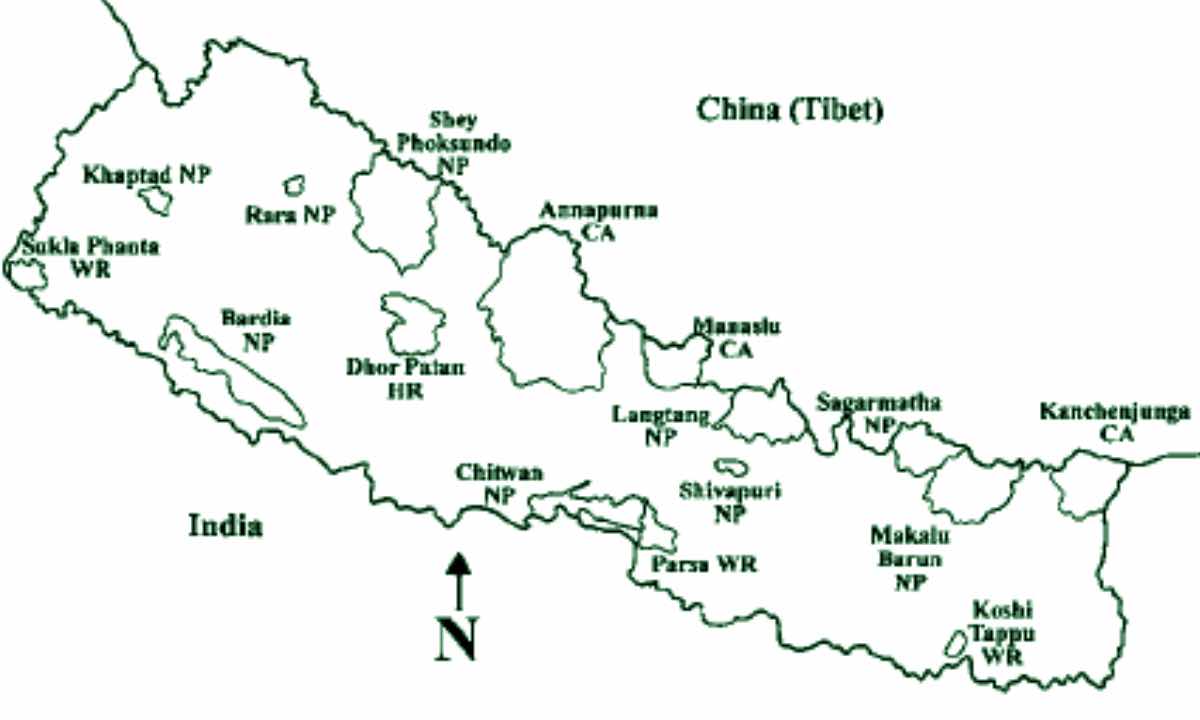
More from Author
Nepal's biodiversity is protected in its unique protected area system, which comprises 23.39 percent of the country, covering 3.4 million hectares. Although representation of the mid-range mountains is less captured in its protected areas system, the country can boast of several endangered wildlife species increasing in number, including tiger and rhinoceros. Despite several difficulties largely because of the political instability in the country over the last several decades, Nepal's protected area system is still intact and is doing better on many fronts. It celebrated several zero-poaching-free years in the recent past. The teamwork of park authority, security agencies, local communities, and conservation partners has proved successful. Usage of cutting-edge technologies such as Management Information System Tracking (MIST) and Spatial Monitoring and Reporting Tool (SMART) patrolling, drone and sniffer dogs has shown that even a poor country can afford to conserve its biodiversity with the support of the community. The outcome indicators would be that the rhino population increased from 645 in 2015 to 752 in 2024. Similarly, tiger population increased from 198 in 2013 to 235 in 2018.
Nepal’s national parks and reserves together with conservation areas have adopted unique participatory and people-oriented approaches to conservation, which made them survive in the long-run. The “Impact Zone” concept became a guiding principle in the management of the buffer zones of national parks and reserves. Nepal adopted this policy in the 1990s. Progressively, this conservation policy became well-recognized by the communities and could let Nepal gradually broaden its narrow focus on conservation from “fortress mentality” to providing a leadership role to local communities for conservation. Nepal's success in conservation is all because it invested in people and adopted right pro-people models of protected area management in time.
Buffer Zone Concept
Buffer zone (BZ) concept in Nepal has adopted an ecosystem approach to resource conservation and a sustainable human development approach to community development, based on self-reliance and community mobilization principles. The buffer zone areas are identified around national parks and reserves, and locally formed institutions manage buffer zone resources and receive a share of park revenue for financing community development projects. According to the BZ regulations, 30-50% of the park revenue retained at the source will be distributed with the buffer zone to spend on conservation, conservation education, income generation, capacity building and BZ office management. The fund allocated is mandated to be spent by buffer zone through user committees and user groups as per the action plan prepared and accepted by the user committee. The concept calls for strict control of forests in the park, together with intensified agricultural and forestry on public land outside the park with the intention of increasing the production of natural resources that are in local demand. As of today, thirteen BZ areas have been delineated covering 5756 sq km area.
Addressing the Changed Political Context
After three decades of its growth and implementation and especially after a major change in political governance system in the country, the Buffer Zone policy has gone out of tune and it must be revised; similarly, institutions restructured, and the means of sustainable financing be found to keep the momentum of buffer zone initiative. Without such efforts Nepal’s national parks and reserves would face immense threat and their continuity could be at stake. Strength of armed guards alone cannot protect these parks for perpetuity. Following recommendations are based on a recent field-based consultation with local communities, park officials and political leader of selected five buffer zones:
Clarity in Buffer Zone Boundary
BZ should be treated as an integral part of the national park or reserve. Legally also, it can be argued that it falls under the federal domain as the buffer zone has not been specifically listed under any Annexes of the Constitution of Nepal. As per the Federal, Province and Local level (Coordination and Interrelation) Act, 2077, Article 7, such remaining unlisted work would become the responsibility of the federal government. Also, if we examine the details of the Local Government Operation Act, 2074, in its Article 11 (3 and 4), the responsibility given to the local level government under the concurrent list of Annex 9 of the Constitution of Nepal, is only conditional. Article 11(4) states that the stipulated provision should not contradict with the federal and province acts and should honor the overall authority of the province and federal governments. As National Parks and Wildlife Conservation Act 2029 has specifically authorized the management of declared buffer zones, the management of buffer zones will continue to be under the jurisdiction of the Department of National Parks and Wildlife Conservation. With this clarity in mind all park/reserve wardens should work to clearly delineate the internal boundary of the park with private lands. The boundary has been a major issue in most of the Himalayan national parks and reserves. All protected area boundaries must be clearly delineated in the map as well as in the field. This would be the most important task for DNPWC to strengthen the buffer zone governance in the future.
The Concept of “Co-Work”
There should be an active effort to convince the authorities of local level government to clarify the legal issues related to the buffer zone governance. The park/reserve authority should propose to the local government the concept of co-work. The proposed institutional structure would require park and buffer zone officials to formulate annual programs from the grassroots and bring them to the municipality assembly for confirmation. There are dual benefits to adopting this mode of co-working, as was learnt from the field interactions: It would increase the ownership of program by the local level government and remove any duplicity of work; and it would attract local level government budget for activities that are equally beneficial to conservation and upliftment of BZ residents.
National Parks Development Fund
Despite national parks and reserves occupying the pristine land of the country, they are always constrained for adequate funds, especially of the buffer zone programs of the national parks and reserves that receive a limited number of tourists. In many such cases the charm of the buffer zone program is gradually decreasing.To address this issue, the National Parks and Wildlife Conservation Act should be amended to create National Park Development Fund (NPDF). A similar provision, Forest Development Fund, was recently made in the new Forest Act. The NPDF, if created, should be made to receive monies from: (1) The fifty percent of park/reserve generated revenue, as provisioned in the Article 25 (a) of the NPWC Act for buffer zone development. (2) Amount of money received from the sales of forest product in buffer zone and national parks or reserve. (3) Amount of money received in lieu of providing parkland area for infrastructure development of national priority for mitigation purposes. (4) Payment for environmental services. The Act should have provision to require developers to pay for environmental services for using parks’ natural resources which includes, specifically, the use of water for hydro-power generation, providing drinking water to companies supplying to city residents through organized companies, and providing spring waters for bottling plants. (5) Surcharge conservation taxes to hotel owners in park’s buffer zones, and (6) Organization and persons willing to make voluntary contributions, such as for corporate responsibility. This would move Nepal’s national park system towards sustainable financing and would rejuvenate local communities’ interest in their national parks and reserves.
New Institutional Arrangement
A fitting Institutional arrangement would be required to address the changed political context of the country, especially to provide role to local level governments in biodiversity conservation. According to the proposed institutional structure, there would be User Committees for each political-wards falling in the buffer zone. All household heads, one male and one female member from each household, would be the voters for the UC. The election for the Chair of the BZ Management Committee has been proposed to make it more democratic with assured proportions of women, Dalit and janjati in the committee. There would be representations from local level governments. The User Groups would be formed for specific functions. The UC team would serve for a period of five years. A separate BZ office has been proposed for each national park or reserve, with a full-time warden as the member-secretary and with a separate budget for the office.
Conclusion
Buffer zone residents continue to live a difficult life because of restricted access to resources that are critical for their livelihoods including the source of irrigation and drinking water. They forego their potential source of income from the sale of forest and river-based products. The residents are increasingly subjected to human-wildlife conflicts that claim human life each year and wild animals destroy their agricultural crops and livestock. The Buffer Zone Management Committees in each park/reserve should be given more authority and resources to address the concerns of local people and coordinate with the park authority to provide compensation for their lost opportunities. The National Park Development Fund would provide such an assured opportunity to cater to these requirements. It is high-time that Nepal shows yet another policy intervention to protect the country’s rich biodiversity with a strengthened protected area system with happy and supporting local communities.
You May Like This

Locals want buffer zone problems addressed at the earliest
NAWALPUR, Dec 3: A team from the Federal Parliament has begun consultations with the stakeholders in the district after the... Read More...
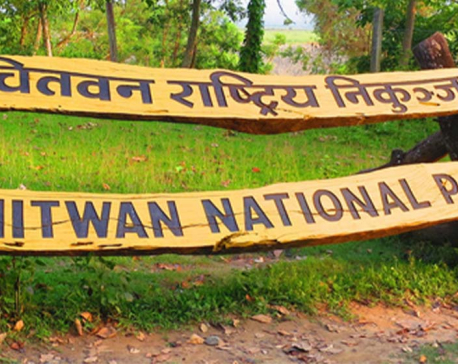
Problems of people in CNP buffer zone will be resolved: PM Dahal
Kathmandu, Aug 22: Prime Minister Pushpa Kamal Dahal has said the government will address the problems facing the people in... Read More...

Electric fencing at KTWR to ensure safety of people living in buffer zone
ITAHARI, May 20: In the fourth week of November 2017, two people died in the buffer zone of the Koshi... Read More...
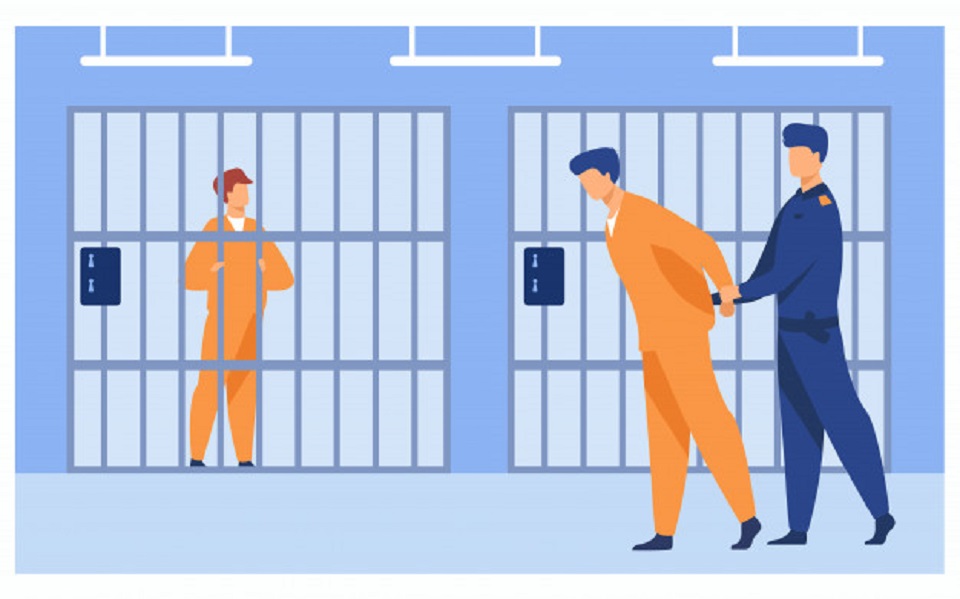

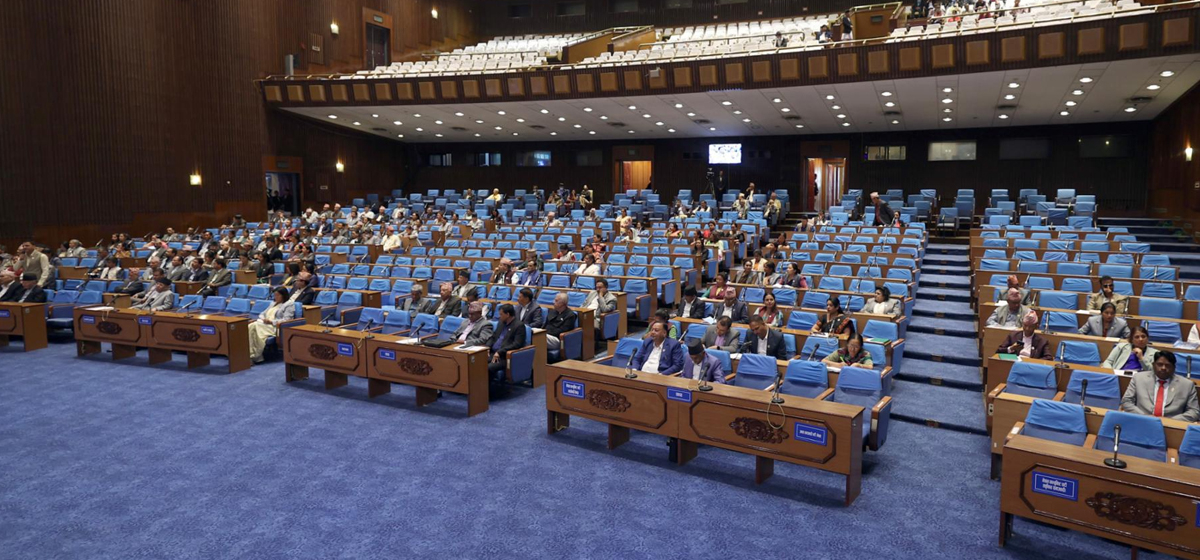
Just In
- Monetary policy review: Risk weightage of vehicle loans reduced
- Two fugitives brought to Nepal after Dubai arrest
- Koshi Province govt expansion: Five ministers and two state ministers inducted
- One more arrested in Surkhet firing case
- British Embassy celebrates King Charles III’s birthday
- National Assembly meeting postponed after NC's obstruction
- 11 NSU activists arrested for protesting in front of parliament building
- HoR meeting postponed to Sunday





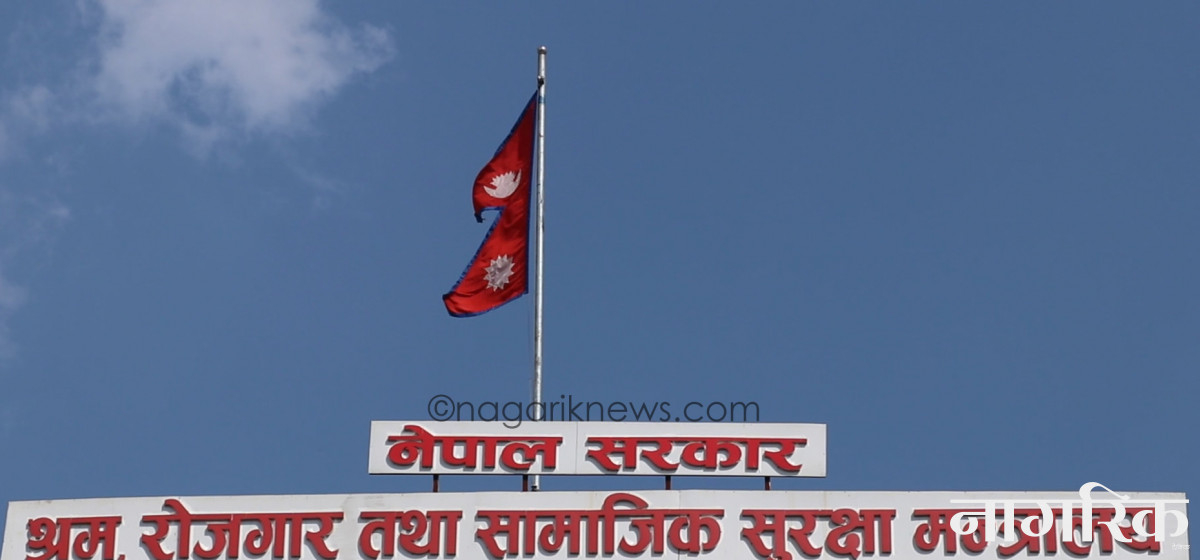
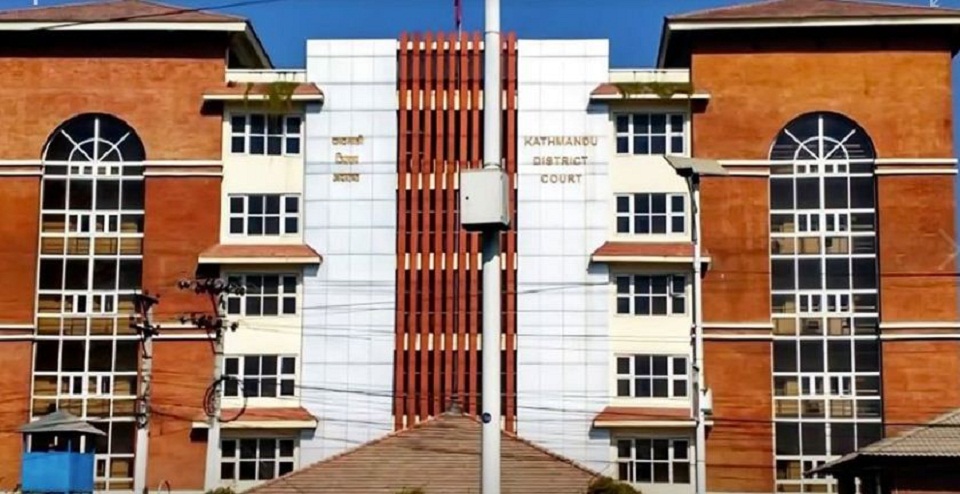
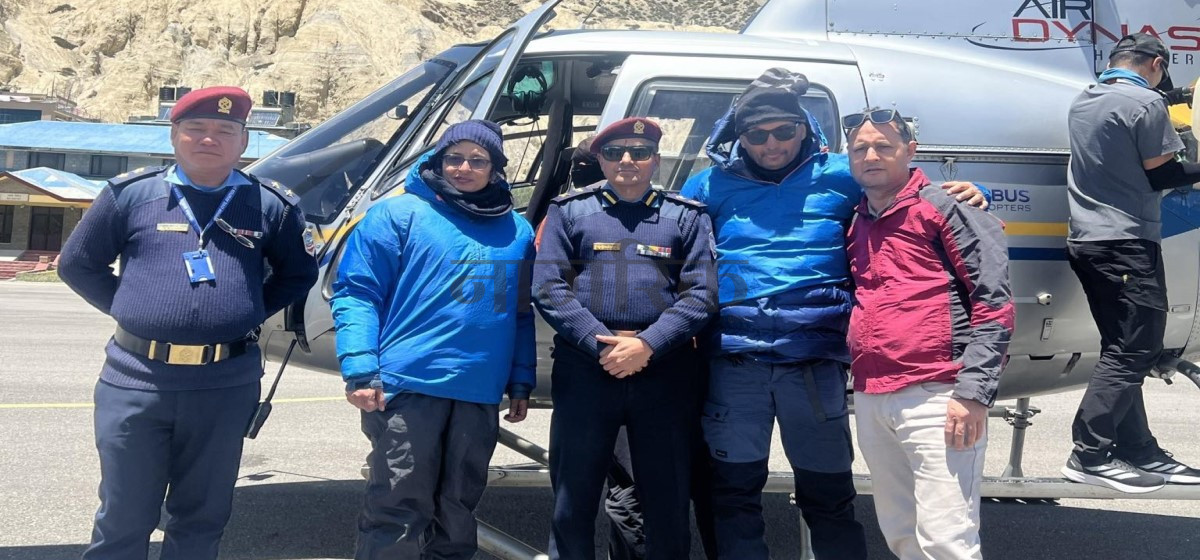


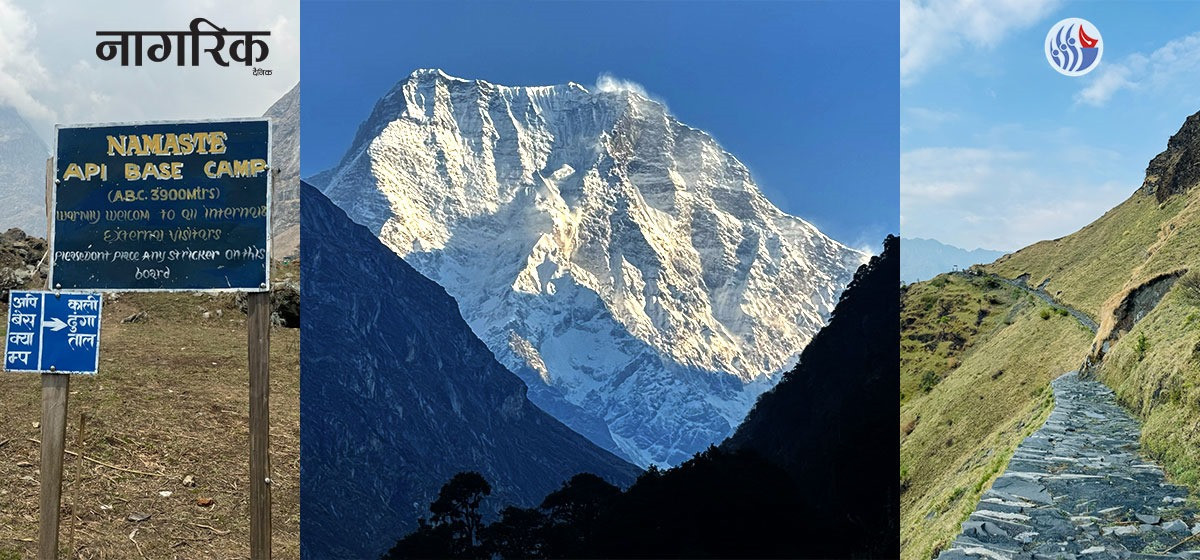
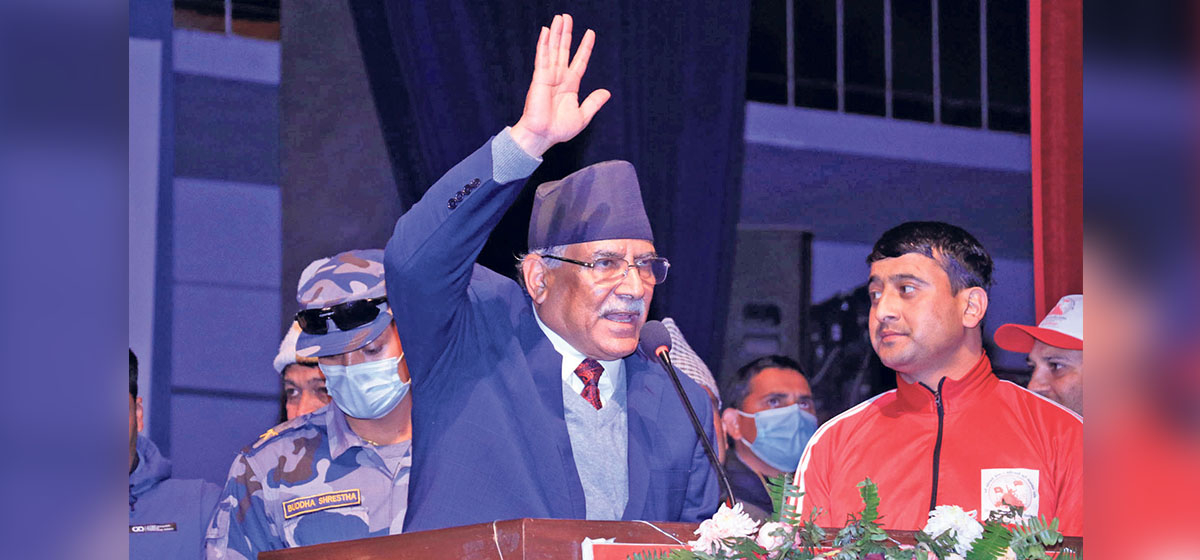


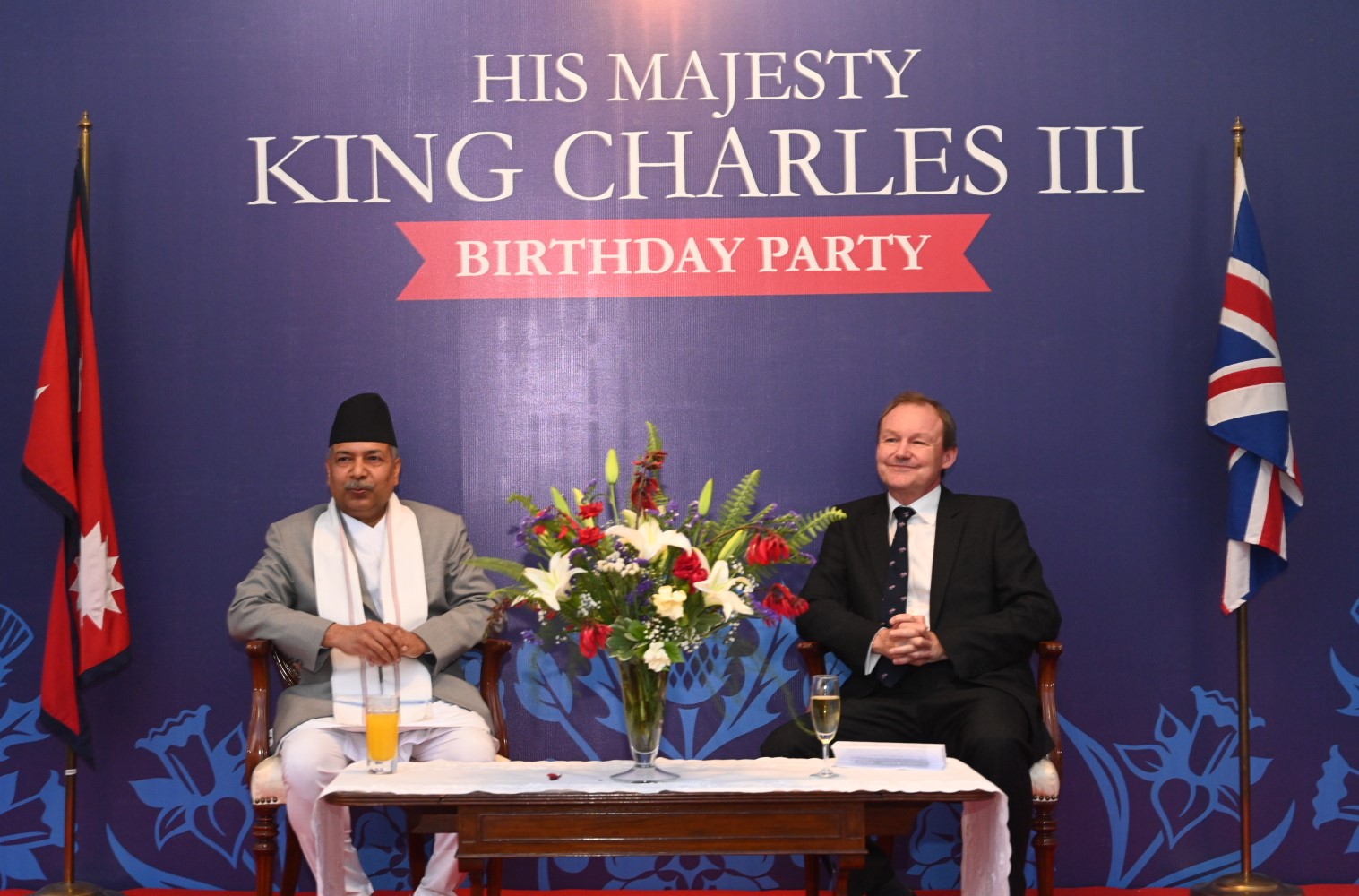
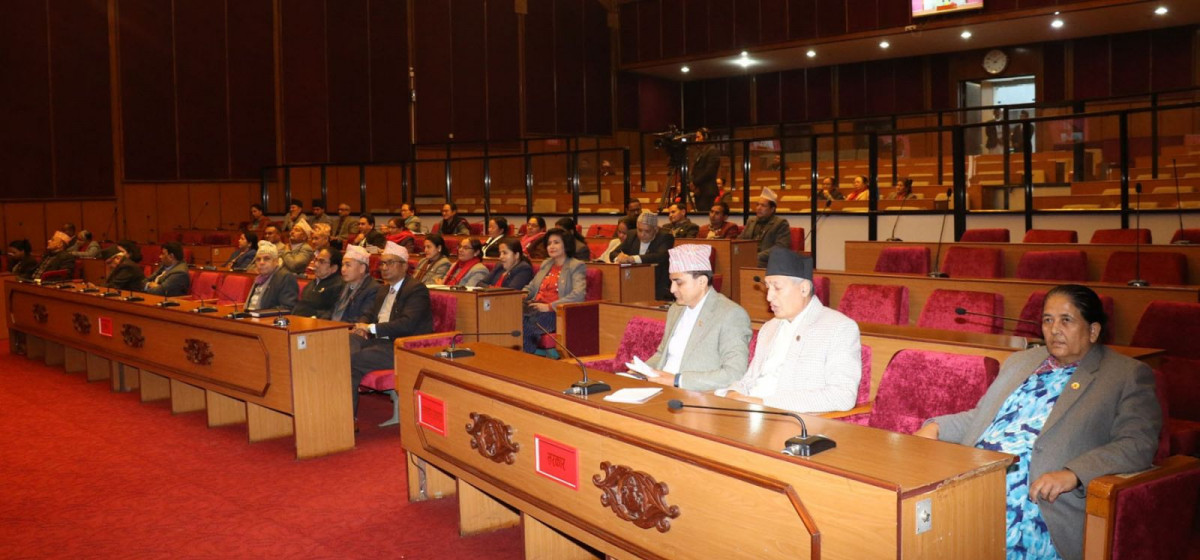
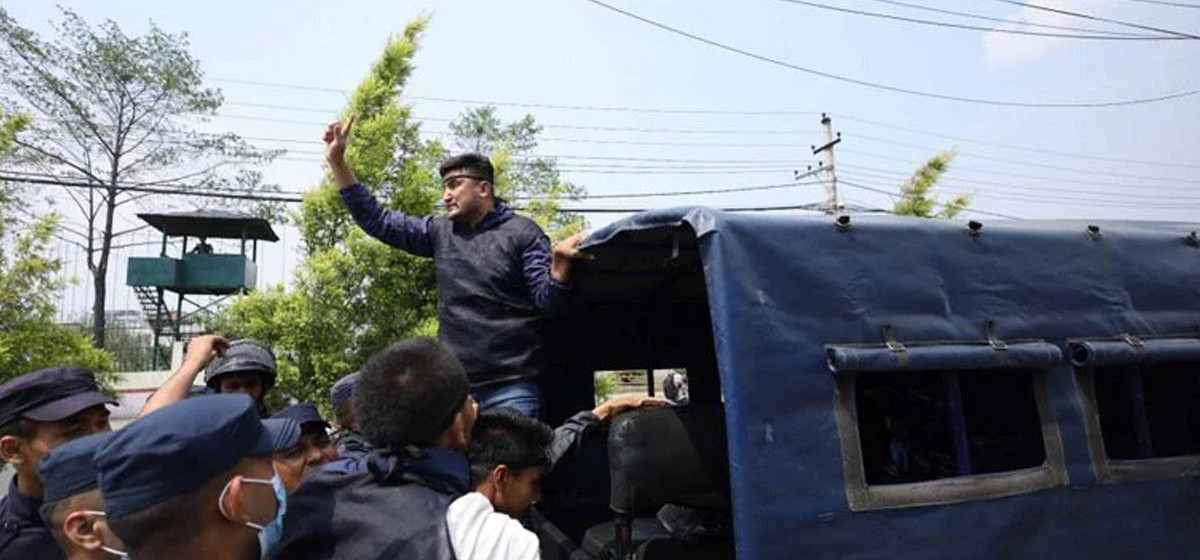
Leave A Comment